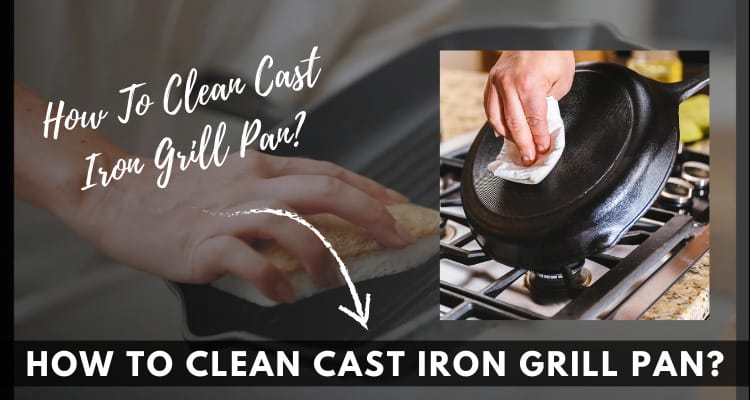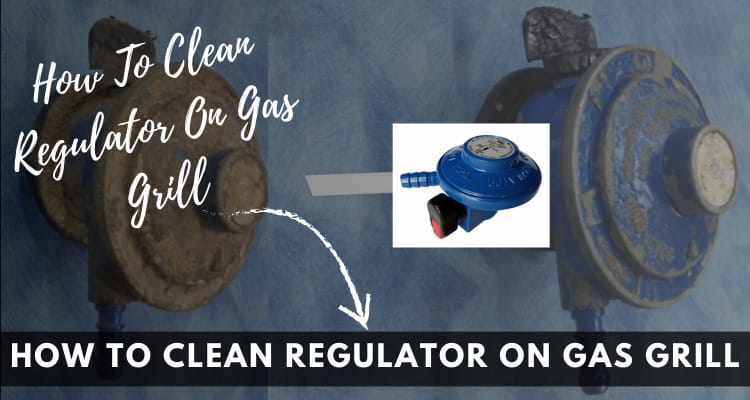As per the rule, you should never use a propane griddle indoors as it can be dangerous. “Without proper ventilation, you could be subject to carbon monoxide poisoning”.
Carbon monoxide is a colorless, odorless, tasteless gas produced by burning propane. Improperly ventilated appliances like grills & griddles may allow carbon monoxide to accumulate to dangerous levels and are potentially fatal.
So, if you’re asking yourself if you use a propane griddle indoors, the answer is NO. It’s not worth the risk. However, there are electric griddles that will give you similar results without the risk.
Guess what in this article I am going to share everything you need to about whether can you use a propane griddle indoors.
So, without further ado let’s get started.
What is a propane griddle?
A propane griddle is a cooking appliance that uses propane as a fuel source. Propane griddles are popular for their portability and ability to cook food quickly. They are often used for outdoor cooking, but can also be used indoors with proper ventilation.
Propane griddles come in a variety of sizes, from small table-top models to large freestanding units. They typically have a flat surface with ridges or grooves to help drain excess fat and grease away from the food. Some models also have side shelves or cabinets for storage.
Why shouldn’t you use a propane griddle indoors?
As mentioned before, one of the dangers of using a propane griddle indoors is carbon monoxide poisoning. Carbon monoxide is a colorless, odorless, tasteless gas that is produced when propane is burned. If an appliance like a grill or griddle is not properly ventilated, carbon monoxide can accumulate to dangerous levels and be potentially fatal.
Factors to Consider Before Using a propane Griddle Indoors
The following are the main and very important 5 Reasons Why You Can Not Use Blackstone Propane Griddles Indoors.
1. Proper Ventilation
One of the most important factors to consider when using any propane-powered appliance indoors is proper ventilation. Without proper ventilation, carbon monoxide can accumulate to dangerous levels and be potentially fatal. Make sure that your kitchen is well-ventilated and that there is no chance of carbon monoxide accumulating.
2. Size of the Griddle
Another factor to consider is the size of the griddle. Smaller table-top models are generally safer to use indoors than larger freestanding units. This is because they produce less smoke and fumes and are less likely to cause problems with ventilation.
3. Location of the Griddle:
The location of the griddle is also important. Make sure that the griddle is not placed near any flammable materials, such as curtains or towels. Additionally, it is best to use the griddle in an area that is well-ventilated and has good airflow.
4. Type of Food Being Cooked
The type of food being cooked can also be a factor to consider. Foods that produce a lot of smoke, such as bacon or sausage, should not be cooked indoors on a propane griddle.
5. Length of Time Cooking
The length of time that you will be cooking can also be a factor to consider. If you will be cooking for a long period of time, it is best to do so outdoors.
Is It Safe to Use a Propane Grill Indoors?
Most people think that it’s not safe to use a propane grill indoors because of the risk of carbon monoxide poisoning. However, if you use your grill properly and have proper ventilation, you can safely use your propane grill indoors.
Here are some tips for using your propane grill indoors
- Make sure your grill is properly ventilated. You should open windows and doors to provide fresh air circulation.
- Never use your grill in an enclosed space such as a garage or porch.
- Don’t use your grill inside your house or apartment.
- Be sure to turn off your grill when you’re finished cooking.
- Don’t leave your grill unattended while it’s turned on.
By following these tips, you can safely use your propane grill indoors without the worry of carbon monoxide poisoning.
Can you use your Blackstone griddle in your house?
Yes, you can use your Blackstone griddle in your house as long as you have proper ventilation. Make sure to open windows and doors to provide fresh air circulation.
Additionally, don’t use your griddle in an enclosed space such as a garage or porch. If you follow these guidelines, you can safely use your Blackstone griddle indoors.
Expert Safety Tips to Consider When Using a Blackstone Griddle Indoors
the following are very important safety tips that you should consider when using a Blackstone griddle indoors:
1. Make sure the room is well ventilated
One of the most important safety tips is to make sure the room is well-ventilated. You should open windows and doors to provide fresh air circulation. Additionally, don’t use your griddle in an enclosed space such as a garage or porch.
2. Don’t leave your griddle unattended
Another important safety tip is to never leave your griddle unattended while it’s turned on. This could be a potential fire hazard.
3. Be sure to turn off your griddle when you’re finished cooking
Make sure to turn off your griddle when you’re finished cooking. Additionally, unplug it from the power source and let it cool down before cleaning it.
4. Don’t use your griddle inside your house or apartment
It’s important to not use your griddle inside your house or apartment. Griddles produce smoke and fumes that could be potentially harmful if you’re using it in an enclosed space.
5. Use caution when cooking fatty foods
When cooking fatty foods, they can produce a lot of smoke. It’s important to be aware of this and cook these types of foods outdoors if possible. If you must cook them indoors, make sure the room is well-ventilated.
By following these safety tips, you can safely use your Blackstone griddle indoors.
Precautions to Consider When Using a Blackstone Griddle Indoors
The following are very important Precautions to Consider When Using a Blackstone Griddle Indoors:
1) First and foremost, you will want to make sure that you have proper ventilation in the room where you will be using the griddle.
2) Secondly, you want to make sure that the griddle is placed on a heat-resistant surface.
3) Third, it is important to keep a fire extinguisher close by, just in case.
4) Finally, never leave the griddle unattended while it is in use.
If you follow these simple precautions, you should be able to use your Blackstone griddle indoors without any problems. Just remember to use common sense and be safe!
NOTE
According to the Centers for Disease Control and Prevention, accidental carbon monoxide (CO) poisoning kills at least 430 people in the United States every year. In addition, approximately 50,000 people visit the emergency department each year due to accidental CO poisoning. Therefore, it is important to be aware of the dangers of using a propane griddle indoors.
Conclusion
Now we know it’s never recommended to use use a propane griddle indoors, but if you really are willing then you need to take some safety precautions. Make sure the room is well-ventilated, don’t leave the griddle unattended, and be sure to turn it off when you’re finished cooking. Additionally, it’s important to not use your griddle inside your house or apartment. If you follow these safety tips, you can safely use your Blackstone griddle indoors. ”’ As you can see, there are some risks associated with using a propane griddle indoors. However, as long as you take the proper precautions, you should be able to use your griddle without any problems. Just remember to be safe and use common sense!


